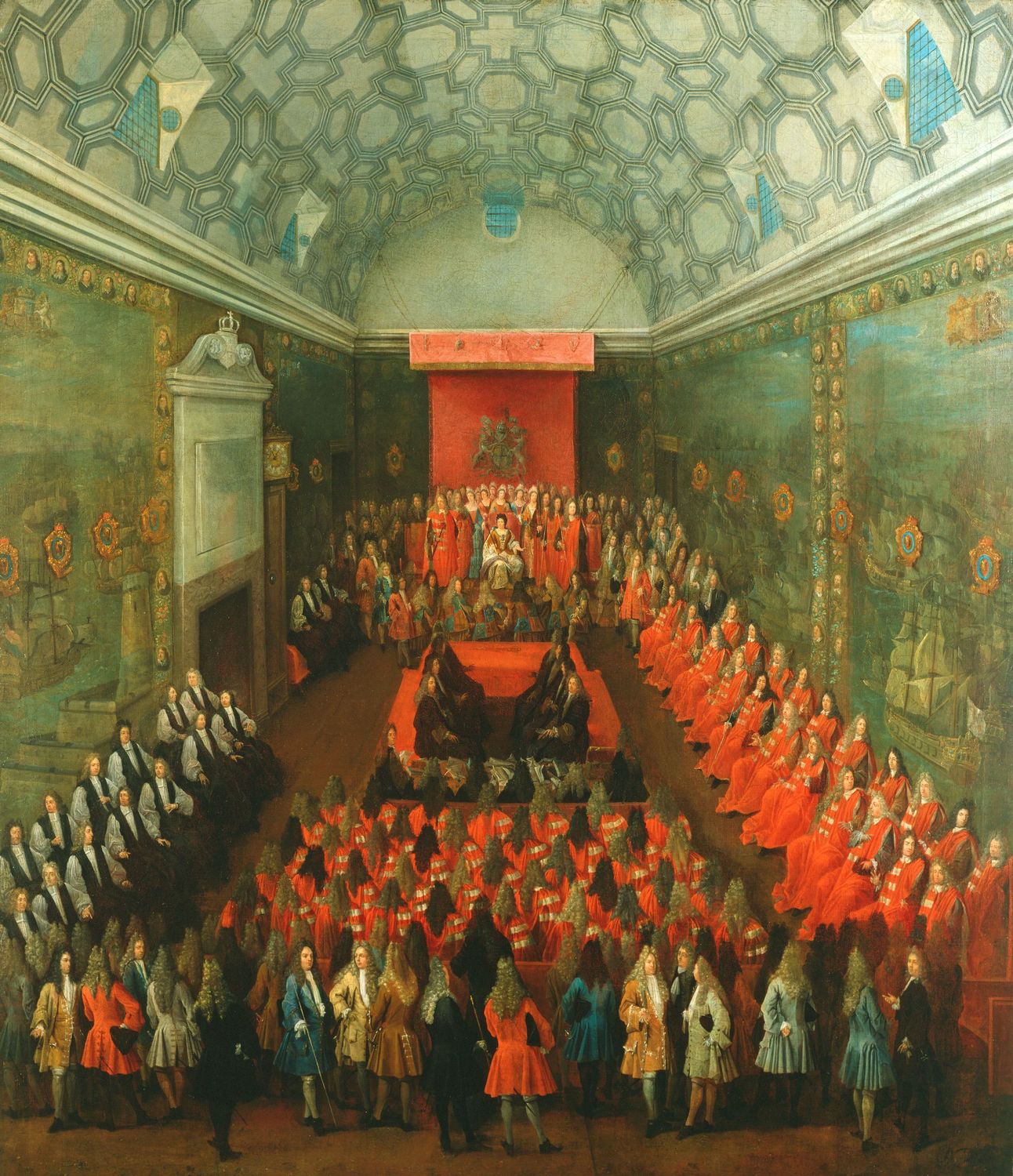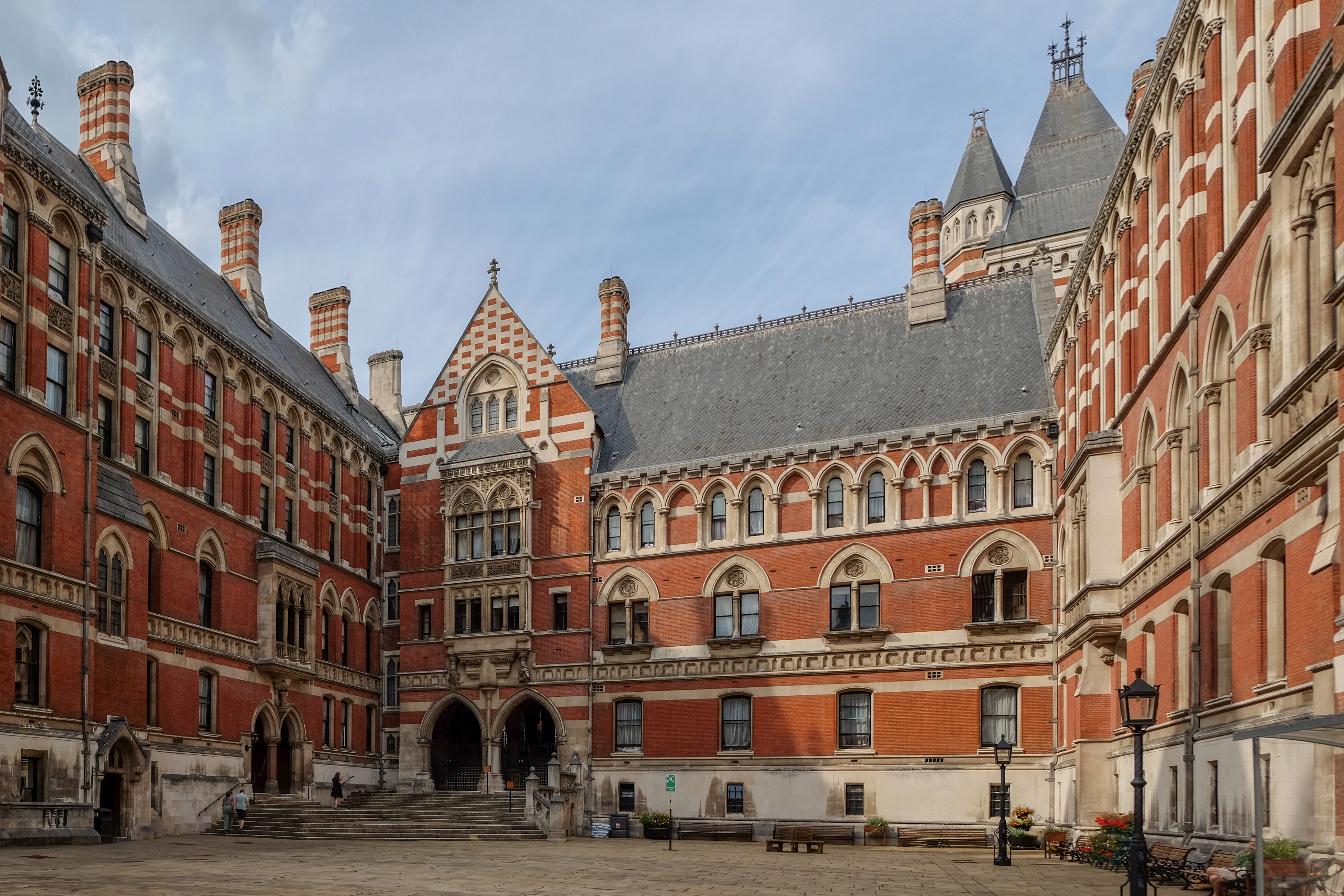|
R V Ireland
R v Ireland; R v Burstow was the 1997 appeal of two cases in English criminal law with the question as to whether or not psychiatric injury was considered 'bodily harm' under Section 47 of the Offences Against the Person Act 1861. Facts R v Ireland R v Ireland consisted of Mr. Robert Ireland making a large number of telephone calls to three separate women. Ireland would not speak during the calls and rang often late at night. He was convicted under Section 47 Actual Bodily Harm of the Offences Against the Person Act 1861 and his case was appealed to the then presiding court, House of Lords. R v Burstow In the case of R v Burstow, Anthony Burstow stalking and intimidation campaign against his ex-partner for eight months. Making silent phone calls, transmitting menacing messages, physically following her and photographing her and her family. The victim suffered a severe depressive illness as a result. Burstow was convicted of Grievous bodily harm contract to Section 20 of ... [...More Info...] [...Related Items...] OR: [Wikipedia] [Google] [Baidu] |
House Of Lords
The House of Lords is the upper house of the Parliament of the United Kingdom. Like the lower house, the House of Commons of the United Kingdom, House of Commons, it meets in the Palace of Westminster in London, England. One of the oldest extant institutions in the world, its origins lie in the early 11th century and the emergence of bicameralism in the 13th century. In contrast to the House of Commons, membership of the Lords is not generally acquired by Elections in the United Kingdom, election. Most members are Life peer, appointed for life, on either a political or non-political basis. House of Lords Act 1999, Hereditary membership was limited in 1999 to 92 List of excepted hereditary peers, excepted hereditary peers: 90 elected through By-elections to the House of Lords, internal by-elections, plus the Earl Marshal and Lord Great Chamberlain as members Ex officio member, ''ex officio''. No members directly inherit their seats any longer. The House of Lords also includes ... [...More Info...] [...Related Items...] OR: [Wikipedia] [Google] [Baidu] |
English Case Law
English law is the common law legal system of England and Wales, comprising mainly criminal law and civil law, each branch having its own courts and procedures. The judiciary is independent, and legal principles like fairness, equality before the law, and the right to a fair trial are foundational to the system. Principal elements Although the common law has, historically, been the foundation and prime source of English law, the most authoritative law is statutory legislation, which comprises Acts of Parliament, regulations and by-laws. In the absence of any statutory law, the common law with its principle of ''stare decisis'' forms the residual source of law, based on judicial decisions, custom, and usage. Common law is made by sitting judges who apply both statutory law and established principles which are derived from the reasoning from earlier decisions. Equity is the other historic source of judge-made law. Common law can be amended or repealed by Parliament. Not ... [...More Info...] [...Related Items...] OR: [Wikipedia] [Google] [Baidu] |
Johan Steyn, Baron Steyn
Johan van Zyl Steyn, Baron Steyn, PC (15 August 1932 – 28 November 2017) was a South African-British judge, until September 2005 a Law Lord. He sat in the House of Lords as a crossbencher. Early life and education Steyn was born in Stellenbosch in the Union of South Africa, the son of Janet Lacey Blignaut and Izak van Zyl Steyn, a professor of law at the University of Stellenbosch. His father died before he was three years old and he subsequently were sent to live with his paternal grandparents. He received his schooling at the Hoërskool Jan van Riebeeck in Cape Town where he matriculated in 1950. He studied law at the University of Stellenbosch before reading Law as a Rhodes Scholar at University College, Oxford. Career He was called to the Bar in South Africa in 1958 and appointed a Senior Counsel of the Supreme Court of South Africa in 1970. As a result of his opposition to apartheid in his native South Africa, he settled in the UK in 1973, joining the Engl ... [...More Info...] [...Related Items...] OR: [Wikipedia] [Google] [Baidu] |
Supreme Court Of The United Kingdom
The Supreme Court of the United Kingdom (initialism: UKSC) is the final court of appeal for all civil cases in the United Kingdom and all criminal cases originating in England, Wales and Northern Ireland, as well as some limited criminal cases from Scotland. Otherwise, the Court of Session is the Supreme court, supreme Civil law (common law), civil court of Scotland, and the High Court of Justiciary is the Supreme court, supreme Criminal justice, criminal court, and are collectively known as the Supreme Courts of Scotland. As the United Kingdom's highest appellate court for these matters, it hears cases of the greatest public or constitutional importance affecting the whole population. Additionally the Supreme Court hears cases on Devolution in the United Kingdom, devolution matters from Scotland, Wales and Northern Ireland. As a consequence, the court must include judges from the three distinct legal systems of the United Kingdom – English law, England and Wales, Scots law, ... [...More Info...] [...Related Items...] OR: [Wikipedia] [Google] [Baidu] |
Constitutional Reform Act 2005
The Constitutional Reform Act 2005 (c. 4) is an Act of the Parliament of the United Kingdom, relevant to UK constitutional law. It provides for a Supreme Court of the United Kingdom to take over the previous appellate jurisdiction of the Law Lords as well as some powers of the Judicial Committee of the Privy Council, and removed the functions of Speaker of the House of Lords and Head of the Judiciary of England and Wales from the office of Lord Chancellor. Background The office of Lord Chancellor was reformed to remove the ability of the holder to act as both a government minister and a judge, an arrangement that ran contrary to the idea of separation of powers. The reform was motivated by concerns that the historical mixture of legislative, judicial, and executive power might not conform with the requirements of Article 6 (paragraph 1) of the European Convention on Human Rights, because a judicial officer who has legislative or executive power is likely not to be considered ... [...More Info...] [...Related Items...] OR: [Wikipedia] [Google] [Baidu] |
Bodily Harm
Bodily harm is a legal term of art used in the definition of both statutory and common law offences in Australia, Canada, England and Wales and other common law jurisdictions. It is a synonym for injury or bodily injury and similar expressions, though it may be used with a precise and limited meaning in any given jurisdiction. The expression grievous bodily harm first appeared in a statute in Lord Ellenborough's Act (1803). Canada In the Canadian Criminal Code, "bodily harm" is defined as "any hurt or injury to a person that interferes with the health or comfort of the person and that is more than merely transient or trifling in nature." England and Wales The expression is not defined by any statute. It currently appears in a number of offences under the Offences against the Person Act 1861 (ss. 18, 20, 23, 26, 28, 29, 31, 35, and 47) and in the offence of burglary under the Theft Act 1968 (s. 9). It is also used in the definition of murder (as it appears in case law) in the ... [...More Info...] [...Related Items...] OR: [Wikipedia] [Google] [Baidu] |
Assault
In the terminology of law, an assault is the act of causing physical harm or consent, unwanted physical contact to another person, or, in some legal definitions, the threat or attempt to do so. It is both a crime and a tort and, therefore, may result in criminal prosecution, civil liability, or both. Additionally, assault is a criminal act in which a person intentionally causes fear of physical harm or offensive contact to another person. Assault can be committed with or without a weapon and can range from physical violence to threats of violence. Assault is frequently referred to as an attempt to commit battery (crime), battery, which is the deliberate use of physical Force (law), force against another person. The deliberate inflicting of fear, apprehension, or terror is another definition of assault that can be found in several legal systems. Depending on the severity of the offense, assault may result in a fine, imprisonment, or even death. Generally, the common law definitio ... [...More Info...] [...Related Items...] OR: [Wikipedia] [Google] [Baidu] |
Grievous Bodily Harm
Assault occasioning grievous bodily harm (often abbreviated to GBH) is a term used in English criminal law to describe the severest forms of battery. It refers to two offences that are created by sections 18 and 20 of the Offences against the Person Act 1861. The distinction between these two sections is the requirement of specific intent for section 18; the offence under section 18 is variously referred to as "wounding with intent" or "causing grievous bodily harm with intent", Archbold Criminal Pleading, Evidence and Practice, 1999, paragraph 19-201 at page 1614 whereas the offence under section 20 is variously referred to as "unlawful wounding", "malicious wounding" or "inflicting grievous bodily harm". Statute Section 18 This section now reads: The words omitted in the first to third places specifically included shooting or attempting to shoot, and included some words considered redundant; they were repealed by section 10(2) of, and Part III of Schedule 3 to, the Crim ... [...More Info...] [...Related Items...] OR: [Wikipedia] [Google] [Baidu] |
Intimidation
Intimidation is a behaviour and legal wrong which usually involves deterring or coercing an individual by threat of violence. It is in various jurisdictions a crime and a civil wrong (tort). Intimidation is similar to menacing, coercion, terrorizing and assault in the traditional sense. This includes intentional behaviors of forcing another person to experience general discomfort such as humiliation, embarrassment, inferiority, limited freedom, etc and the victim might be targeted based on multiple factors like gender, race, class, skin color, competency, knowledge, wealth, temperament, etc. Intimidation is done for making the other person submissive (also known as cowing), to destabilize/undermine the other, to force compliance, to hide one's insecurities, to socially valorize oneself, etc. There are active and passive coping mechanisms against intimidation that include, but are not limited to, not letting the intimidator invade your personal dignity and space, addressing thei ... [...More Info...] [...Related Items...] OR: [Wikipedia] [Google] [Baidu] |
Offences Against The Person Act 1861
The Offences against the Person Act 1861 ( 24 & 25 Vict. c. 100) is an act of the Parliament of the United Kingdom that consolidated provisions related to offences against the person (an expression which, in particular, includes offences of violence) from a number of earlier statutes into a single act. For the most part these provisions were, according to the draftsman of the act, incorporated with little or no variation in their phraseology. It is one of a group of acts sometimes referred to as the Criminal Law Consolidation Acts 1861. It was passed with the object of simplifying the law. It is essentially a revised version of an earlier consolidation act, the Offences Against the Person Act 1828 ( 9 Geo. 4. c. 31) (and the equivalent Irish Act), incorporating subsequent statutes. Although it has been substantially amended, it continues to be the foundation for prosecuting personal injury, short of murder, in the courts of England and Wales. The act was also adopted in B ... [...More Info...] [...Related Items...] OR: [Wikipedia] [Google] [Baidu] |
Royal Coat Of Arms Of The United Kingdom (HM Government)
The royal coat of arms of the United Kingdom, also referred to as the royal arms, are the arms of dominion of the British monarch, currently Charles III. They are used by the Government of the United Kingdom and by other Crown institutions, including courts in the United Kingdom and in some parts of the Commonwealth. Differenced versions of the arms are used by members of the British royal family. The monarch's official flag, the royal standard, is the coat of arms in flag form. There are two versions of the coat of arms. One is used in Scotland, and includes elements derived from the coat of arms of the Kingdom of Scotland, and the other is used elsewhere and includes elements derived from the coat of arms of the Kingdom of England. The shields of both versions of the arms quarter the arms of the kingdoms of England and Scotland, which united to form the Kingdom of Great Britain in 1707, and the Kingdom of Ireland, which united with Great Britain to form the United K ... [...More Info...] [...Related Items...] OR: [Wikipedia] [Google] [Baidu] |




